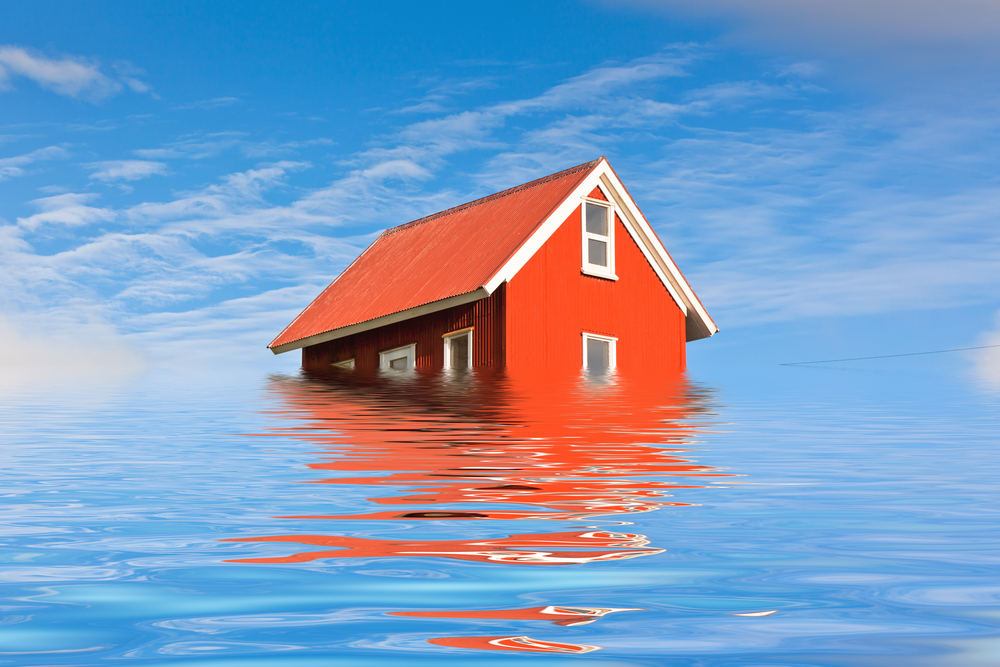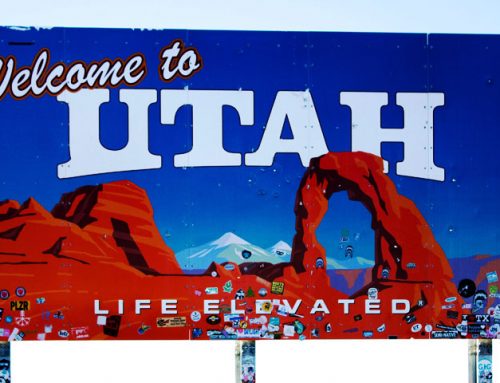This year Utah has experienced a significant increase in snowfall, which has led to concerns about potential flooding. Heavy snowfall can cause significant water runoff, which can lead to flooding and water damage to homes and businesses. If you are concerned about potential flooding in your area, there are several steps you can take to protect your home.
- Clear Snow from Your Roof
Heavy snow accumulation on your roof can put a lot of pressure on your home’s structure and potentially cause damage or collapse. Use a roof rake or hire a professional to remove excess snow from your roof. It is important to clear snow from your roof as soon as possible to prevent any potential damage. - Check Your Gutters and Downspouts
Make sure your gutters and downspouts are clear of debris, such as leaves and branches, so that they can effectively direct water away from your home. If your gutters and downspouts are clogged, water can overflow and potentially cause water damage to your home’s foundation. Make sure your gutters and downspouts are properly attached and free of any damage or leaks and have extensions that take the water away from the foundation of the home and out into your yard. - Inspect Your Foundation
Check your foundation for any cracks or gaps where water can seep in. Seal any openings with caulk or other appropriate materials. If you notice any significant damage to your foundation, it is important to contact a professional for repair. - Elevate Your Belongings
Move any valuable items, such as electronics or furniture, to higher ground or to a higher floor in your home. If you have a basement, consider elevating any items stored in the basement on pallets or shelves to prevent potential water damage. - Purchase Flood Insurance
Consider purchasing flood insurance to protect your home and belongings in the event of a flood. Standard homeowner’s insurance policies typically do not cover flood damage. Flood insurance can provide coverage for damage to your home and belongings caused by flooding, including damage from snowmelt and runoff. - Install a Sump Pump
A sump pump can help prevent water damage to your home by pumping water out of your basement or crawl space. If you live in an area prone to flooding or have a basement or crawl space, consider installing a sump pump to help prevent potential water damage. - Create an Emergency Plan
It is important to have an emergency plan in place in the event of a flood. Make sure everyone in your household knows what to do in case of a flood, including how to evacuate and where to go for safety. Keep important documents, such as insurance policies and personal identification, in a waterproof and portable container in case of evacuation. - Stay Informed
Stay informed about the weather conditions and any potential flood warnings in your area. Pay attention to local news and weather reports and be prepared to evacuate if necessary. Make sure you have a reliable source of information, such as a battery-powered radio or mobile device, in case of power outages. - Prepare Your Yard
If you have a yard or outdoor space, there are steps you can take to prevent potential flooding. Make sure your yard is graded away from your home so that water can flow away from your foundation. If this is not reasonable, add sandbags to prevent water from flowing toward your foundation, window wells and outside basement entrances. Many county facilities may be offering sand and bags for free for you to fill and take to your home. Additionally, remove any debris or items that could block water flow, such as leaves or branches. Consider planting vegetation or installing rain gardens to help absorb excess water.
In conclusion, protecting your home from potential flooding due to heavy snowfall in Utah requires preparation and proactive measures. By following these steps, you can help minimize the risk of water damage to your home and belongings in the event of a flood.



